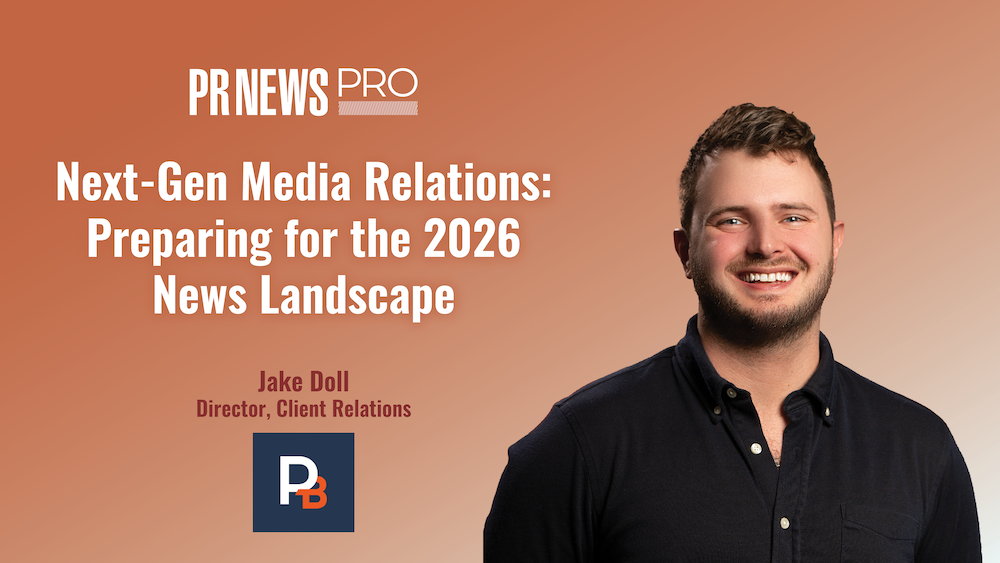A March survey conducted by “Event Marketer” revealed that one-fourth of consumers who attend a marketing event immediately buy the product being showcased. For this reason, events can be outstanding opportunities to introduce products and drive trial and awareness. Hand-to-hand sampling at sports venues in particular provides the opportunity to connect fans (a demographic known for their allegiance) with a new brand experience.
But great events don’t just happen; they must be well planned and well executed. The five secrets to successful game-day sampling at sports venues are:
1) Get to know the venue inside and out.
2) Have a deep understanding of the brand’s objectives.
3) Conduct critical communications with the agency/client before, during, and after the event.
4) Ensure effective event-staff training so that they become the brand.
5) Carefully supervise and manage the event.
In last month’s column we covered the importance of getting to know the venue from the inside out. This month we are tackling the importance of thoroughly understanding the brand’s objectives, asking the right questions up front, being realistic about expectations, and communications between client and agency before, during and after the event.
Understanding the brand’s objectives
Understanding the brand’s objectives and establishing practical expectations will define success for the event. The reality of game-day sampling is that you simply cannot sample to every person at the venue, nor can you absolutely guarantee only one sample per person. To determine realistic sample counts, you need to know whether the brand is looking for more quality interaction between the event staff and the fans (which drives stronger brand allegiance but delivers fewer samples) or if reaching sample distribution goals is the main objective (empty bags at the end of the day).
When it comes to game-day sampling, the timing of distribution is a critical consideration. Once you know exactly what will be distributed, decide on entrance or exit sampling based on the strongest potential to connect with your audience. For example, product information is much more likely to be read by a captive audience waiting patiently for the game to start than when they are rushing out the exit gate.
Remember, too, that product launches from nationally established brands don’t require as much introduction and brand launches, because fans are more willing to try something new from a recognized name. When Hershey’s Take 5 bars were introduced to fans at a pro-sports game, there was little need to communicate the unique taste experience; the consumer perspective was “It’s Hershey’s, it has to be good!” and fans eagerly tore open the wrapper to try it. Lesser-known brands, however, often require a longer interaction between event staff and fans, so when promoting them it’s essential that you connect with your target before the game.
Other things that need to be considered: What is the sample size? (The larger the sample the more costly it is to transport, store, and distribute.) Does the product require refrigerated or freezer transportation and storage? (Yes, we sampled Breyers Double Churned ice cream bars outside on a hot August day! We did so successfully because we carefully planned every last execution detail, including hiring extra runners to keep frozen product continually supplied to samplers and providing insulated freezer bags for the mobile samplers to carry.)
Above all, build flexibility into your game-day plan, make sure that objectives are clear, and expectations are reasonable. Then align your event team, and deliver.
Communicate before, during, and after
With game-day sampling, the brand must have a laser-focused message. Tens of thousands of people enter and exit any given sports venue during a game; you simply can’t say everything about the product or brand to them while they’re going in and out, so agree on no more than three key product features and benefits to communicate to them during the event. Discuss what typical consumer product questions might arise so that event staff can be prepared to provide educated answers.
To keep communications flowing smoothly it is important to have a single point of contact on both the brand sponsor side as well as on the event management side. All aspects of the event, from start to finish, must be discussed. Timelines and maps enable everyone involved to have complete confidence in exactly what is going to happen when and where, whether or not they will be attending the event.
Accountability is everything. It is important for the brand sponsor to know as soon as possible that the event was executed as planned and delivered as promised. Remember, there is no such thing as overcommunicating or overplanning, and even then you must be ready to react when the unexpected occurs.
Next month, we’ll dig into effective event staff training and game-day management strategies that work.
CHIEF MARKETER columnist Laurie Carlson McGrath is director of marketing with Schaumburg, IL-based marketing services firm PromoWorks.
Other articles by Laurie Carlson McGrath:
In-Store Marketing: Don’t Overlook the Hispanic Consumer
Now You’re Cookin’: Heating Up Sales with In-Store Chef Demos
The Electric Fan: Get Plugged In with Sampling at Sporting Events
Co-op Sampling: Matchmaking in the Aisles
Tap Confucius to Reach Today’s Home-Center Shopper In-Store
Sample Sales: Close the Sale Before the Taste Begins to Fade



